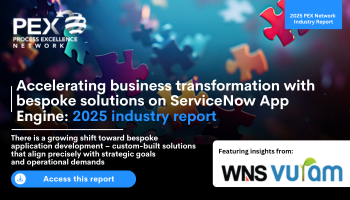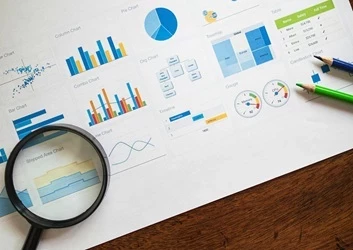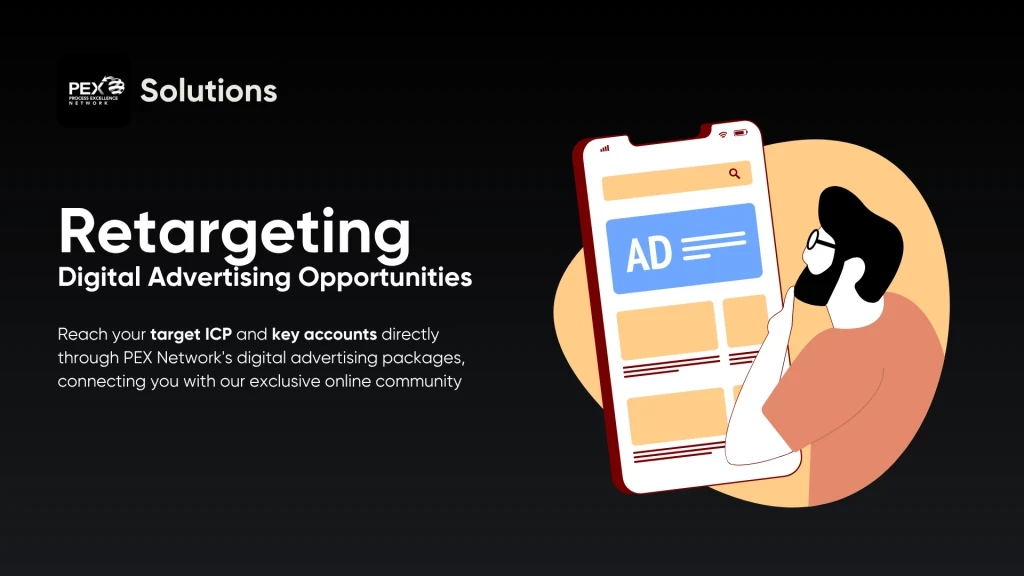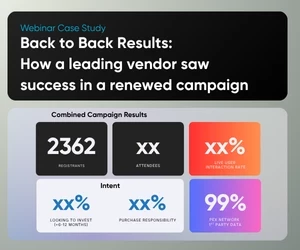5 trends shaping task mining in 2025
The growth and evolution of task mining is being fueled by several key factors
Add bookmark
Task mining is an emerging and exciting concept that offers vast potential to unlock new business process optimization possibilities. It analyzes computer-based user interactions to understand how tasks are performed within business processes.
By recording and analyzing user actions, task mining reveals detailed steps, identifies inefficiencies and pinpoints opportunities for automation.
Task mining is experiencing robust growth, driven by the increasing need for process optimization and automation across diverse sectors. The market, estimated at US$2 billion in 2025, is projected to exhibit a compound annual growth rate (CAGR) of 25 percent over the next eight years, reaching an impressive $10 billion by 2033, according to Market Report Analytics.
The growth and evolution of task mining is being fueled by several key factors, ranging from the rising adoption of artificial intelligence (AI), digital transformation and cloud-based solutions to the growing emphasis on data-driven decision-making and emergence of advanced analytics capabilities.
Here are five trends shaping task mining in 2025!
Join the PEX Network community

Don't miss any news, updates or insider tips from PEX Network by getting them delivered to your inbox. Sign up to our newsletter and join our community of experts.
Learn More1. AI-powered task mining and intelligent insights
One of the most influential trends is the integration of AI and machine learning into task mining tools. Enterprises that use task mining should make sure their tools can work with AI to get the most benefits. AI-driven task mining offers quicker and deeper insights. It helps organizations continuously examine their operations for ways to improve.
This approach allows companies to shift from one-time observations to ongoing optimization. This is essential as businesses aim to be more data-driven and proactive. The outcome is not just a more efficient discovery of automation but also better decision-making about where AI can have the biggest impact on processes.
Organizations that adopt these smart features can find improvement opportunities that may be hard to notice manually. This gives them an advantage in efficiency and agility. However, they also need to invest in the skills and processes to trust and act on AI-generated insights. Human experts need to validate and guide AI recommendations when necessary.
2. Integration with process mining, RPA and hyperautomation
Task mining is increasingly combined with process mining and robotic process automation (RPA) as part of larger hyperautomation strategies. Enterprises should view task mining as an essential part of their automation toolkit, not just a separate experiment.
By combining task mining with process mining and RPA, organizations can find opportunities for improvement at both micro and macro levels and ensure that automation focuses on the most valuable tasks. This complete approach, sometimes called process intelligence or discovery, creates more effective hyperautomation programs. These programs rely on insights from both system data and the work of people involved.
Companies that embrace this trend often experience faster automation deployment and identify fewer blind spots in their processes as they can track inefficiencies in both system transactions and user activities.
3. Expanding use cases across industries and functions
Task mining’s application is expanding significantly, with businesses in various sectors using it for several purposes. The growing range of use cases means that businesses embracing task mining can tap into a wider variety of benefits beyond just automation. Companies should think about using task mining not only to create bots but also to shed light on how work actually gets done and pinpoint where the pain points are, whether that’s due to inefficient software use, gaps in training or compliance issues.
Different industries can customize task mining to fit their specific needs, so it’s crucial to understand the unique challenges your industry faces. Organizations that thrive in this trend are the ones that weave task mining into their ongoing improvement and operational excellence (OPEX) initiatives, leveraging its insights to make changes in policies, training or process design. As this practice gains traction worldwide, businesses should also keep local factors in mind, like labor practices and regional process differences, which could affect how task mining data is understood and utilized.
The expanding use cases highlight that task mining is evolving into a versatile tool for enhancing enterprise performance, from increasing productivity and quality to improving employee experience by eliminating monotonous tasks.
4. Data privacy, security and regulatory influences
As task mining tools record user actions like keystrokes, clicks, screenshots and other metadata, they inevitably raise privacy and compliance considerations. Enterprises planning to adopt task mining must proactively address privacy and compliance from the outset. This means involving legal, compliance and HR teams to set boundaries on data collection, ensuring employees are informed to maintain trust and choosing tools that offer strong security controls.
Regionally, firms in Europe or other privacy-sensitive jurisdictions should be prepared for longer implementation lead times and possibly favor vendors with local data centers or certifications. On the positive side, a well-governed task mining initiative can improve compliance, for example, by revealing if employees are following required procedures or flagging risky manual workarounds.
In summary, regulatory influences are prompting a more careful and transparent approach to task mining which, when done right, can strengthen data governance while still delivering insight. Companies that navigate these issues successfully will set themselves up to harness task mining’s benefits without falling foul of privacy laws or employee backlash.
5. Rapid market growth, ecosystem consolidation and platform evolution
The task mining market itself is undergoing rapid growth and maturation, which is a trend that shapes what solutions organizations can adopt. For enterprises, the maturing market means more choice and more capability, but also the need to stay informed. Companies should watch the vendor landscape as it evolves: the provider you choose might merge with another or expand features rapidly.
The good news is that with consolidation, you can often get integrated platforms that cover process mining, task mining and automation together, reducing integration effort on your end. It also means that task mining is becoming an easier buy for stakeholders. Organizations should leverage the improved usability of modern tools to involve a wider range of participants, process analysts, department heads and even frontline employees in using task mining insights for improvement.
Furthermore, the trend toward cloud and scalability means even global enterprises can deploy task mining across many desktops and locations with fewer infrastructure hurdles, though they should ensure cloud solutions meet their security requirements.
Given the rapid growth, enterprises adopting task mining now have the chance to gain early-mover advantages in areas or regions where competitors might not yet be using these insights. The key is to align task mining initiatives with strategic goals, be it cost reduction, customer experience or workforce productivity and choose a solution partner that will continue to innovate.
The vibrant market and technology evolution around task mining are empowering enterprises to embed this capability into their digital transformation journeys and those that do so thoughtfully stand to realize significant efficiency and knowledge gains.
Accelerating business transformation with bespoke solutions on ServiceNow App Engine

Today, off-the-shelf software solutions offer diverse features that enable vast opportunities to implement and maintain business transformation. However, in some circumstances, capabilities lack the flexibility and specificity required to address the unique challenges and workflows of individual organizations. As a result, there is a growing shift toward bespoke application development – custom-built solutions that align precisely with strategic goals and operational demands.
Download this report to explore how enterprises can harness the power of custom applications to drive meaningful transformation. With the growing adoption of low-code platforms like ServiceNow App Engine, organizations are building custom applications faster and with greater control. By empowering both IT professionals and citizen developers to build tailored solutions, organizations can significantly reduce time to value while maintaining control over quality and compliance.
Download Now












